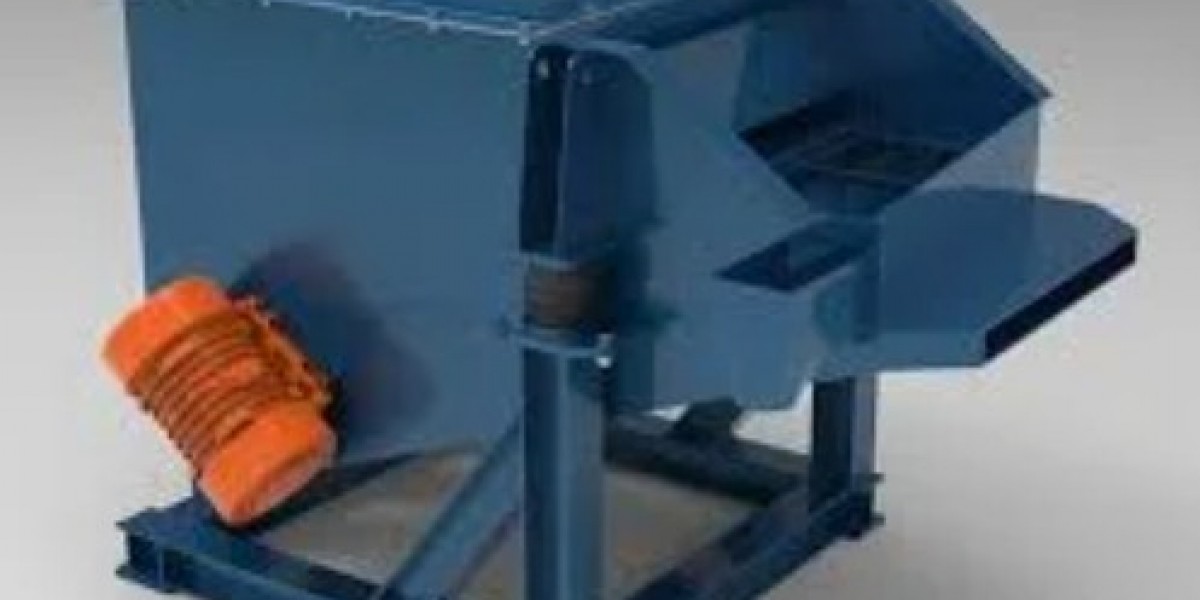Resin sand, commonly used in foundries for molding and core-making processes, is an essential component in the metal casting industry. However, the disposal of used resin sand presents environmental challenges due to its non-biodegradable nature. To address this issue, crushing regeneration machines have emerged as an innovative solution for resin sand recycling. In this article, we will explore the concept ofcrushing regeneration machines, their working principle, and the environmental benefits they offer in the context of resin sand recycling.
Understanding Resin Sand Recycling
Resin sand, composed of resin and sand particles, is a valuable resource in the foundry industry. However, once the resin sand reaches the end of its useful life, it becomes a waste material that needs to be managed properly. Resin sand recycling aims to reclaim and reuse the discarded resin sand, minimizing waste generation and promoting sustainability in the casting process.

Introducing Crushing Regeneration Machines
Crushing regeneration machines, also known as resin sand crushers, are specialized equipment designed to break down and regenerate used resin sand. These machines facilitate the separation of the sand particles from the resin binder, allowing for the recycling and reclamation of the sand for future use in the foundry.
Working Principle of Crushing Regeneration Machines
The working principle of crushing regeneration machines involves a series of mechanical processes to separate the resin binder from the sand particles. The typical steps in the process include:
a. Crushing: The used resin sand is fed into the crushing regeneration machine, where it undergoes crushing and grinding. This step helps break down the resin binder and reduce the sand particles to a desired size.
b. Mechanical Scrubbing: After crushing, the sand particles are subjected to mechanical scrubbing. This process helps remove the remaining resin binder that may still be attached to the sand particles.
c. Screening: The scrubbed sand particles are then passed through a screening mechanism to separate any remaining impurities or oversized particles. This step ensures that the regenerated sand meets the required quality standards for reuse.
d. Drying: Once the sand has been separated from the resin binder, it undergoes a drying process to remove any moisture content. Drying the regenerated sand is crucial to ensure its suitability for future casting applications.
Environmental Benefits of Resin Sand Recycling
The utilization ofcrushing regeneration machinesin resin sand recycling offers several environmental benefits:
a. Waste Reduction: By recycling and reclaiming resin sand, crushing regeneration machines significantly reduce the amount of waste generated in the foundry industry. This waste reduction minimizes the environmental impact associated with landfill disposal or incineration of used resin sand.
b. Resource Conservation: Resin sand is a valuable resource that can be reclaimed and reused. By implementing resin sand recycling processes, crushing regeneration machines conserve natural resources by extending the lifespan of the sand particles and reducing the need for extraction of new raw materials.
c. Energy Savings: The recycling of resin sand through crushing regeneration machines consumes less energy compared to the production of new resin sand. By minimizing the energy-intensive processes involved in resin sand production, these machines contribute to overall energy savings and a reduced carbon footprint.
d. Reduced Environmental Pollution: Improper disposal of used resin sand can lead to environmental pollution, particularly through the leaching of harmful chemicals into the soil and water systems. By recycling resin sand, crushing regeneration machines prevent such pollution, promoting a cleaner and healthier environment.

Quality Control and Cost Savings
In addition to the environmental benefits, resin sand recycling through crushing regeneration machines offers quality control and cost savings advantages:
a. Quality Control: The use of crushing regeneration machines ensures the production of high-quality regenerated sand. The separation and screening processes remove impurities and oversized particles, resulting in sand that meets the required specifications and quality standards for casting applications.
b. Cost Savings: Recycling resin sand through crushing regeneration machines offers cost savings compared to the purchase of new resin sand. By reusing the regenerated sand, foundries can reduce their raw material costs, ultimately leading to improved profitability.

Conclusion
Crushing regeneration machinesprovide a sustainable solution for resin sand recycling in the foundry industry. By breaking down used resin sand, these machines enable the separation and reclamation of sand particles, reducing waste generation, conserving resources, and minimizing environmental pollution. The implementation of resin sand recycling through crushing regeneration machines not only offers environmental benefits but also ensures quality control and cost savings for foundries. By embracing this innovative approach, the metal casting industry can move towards a more sustainable and responsible future.







